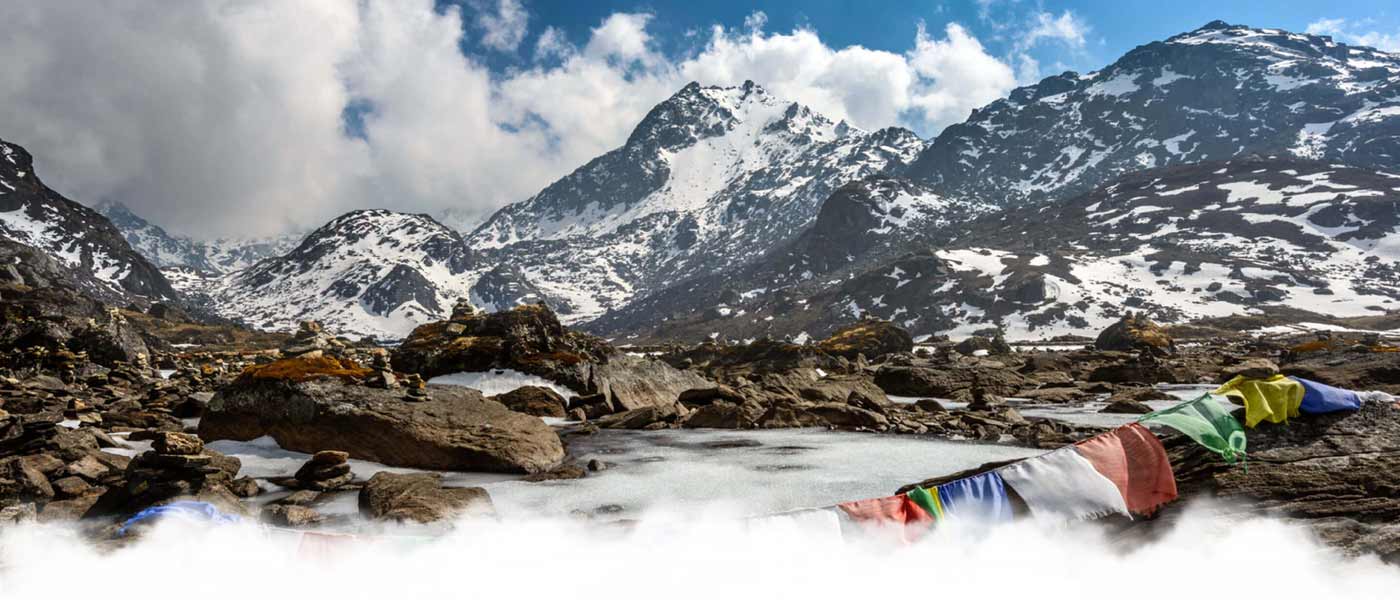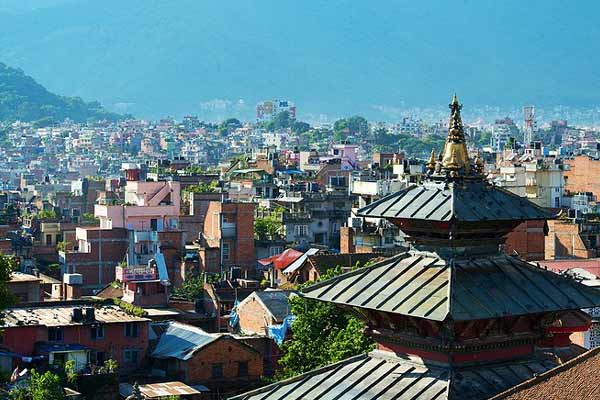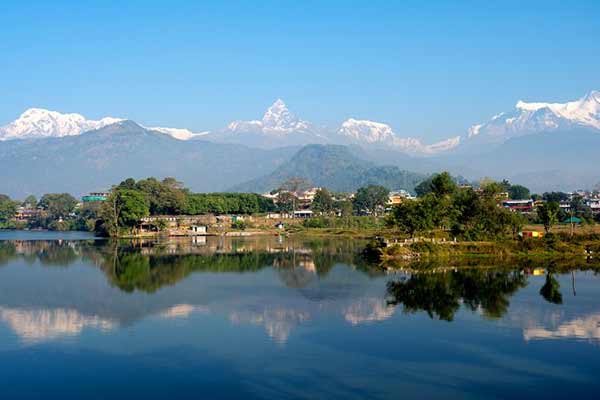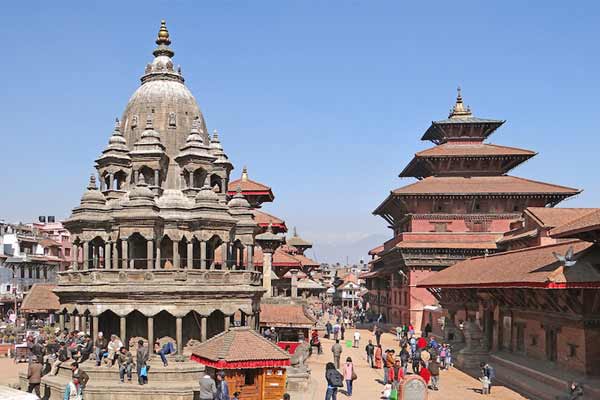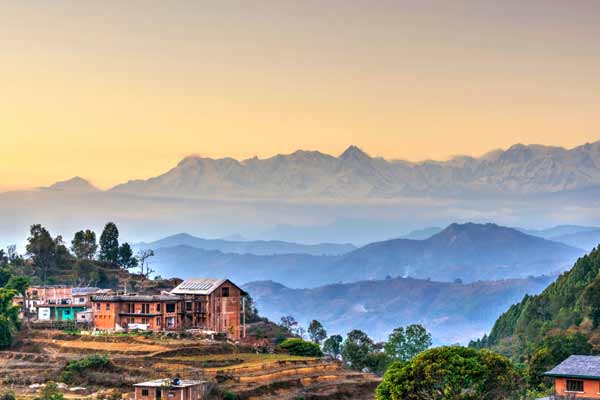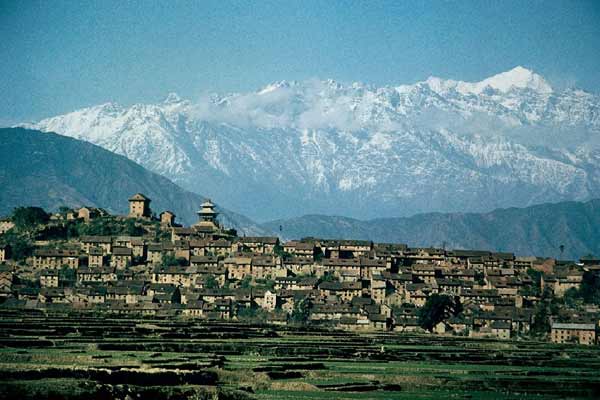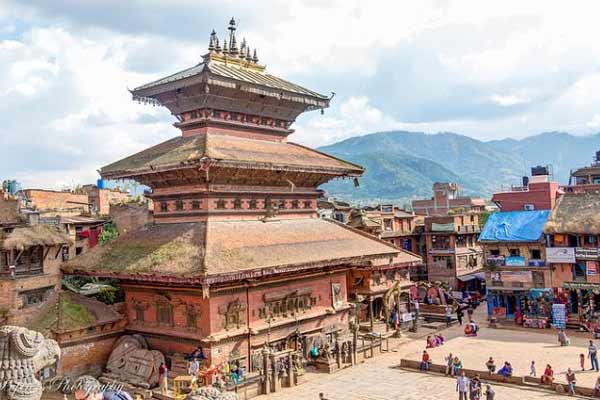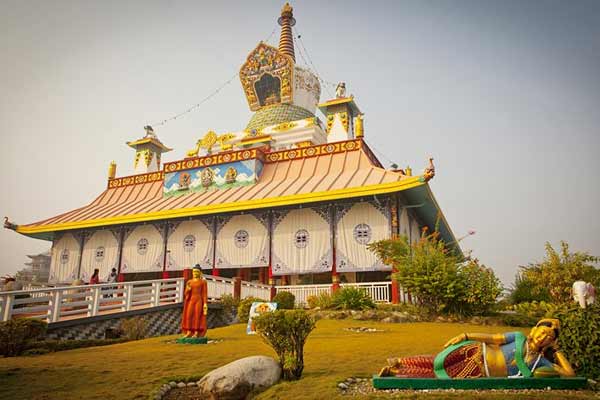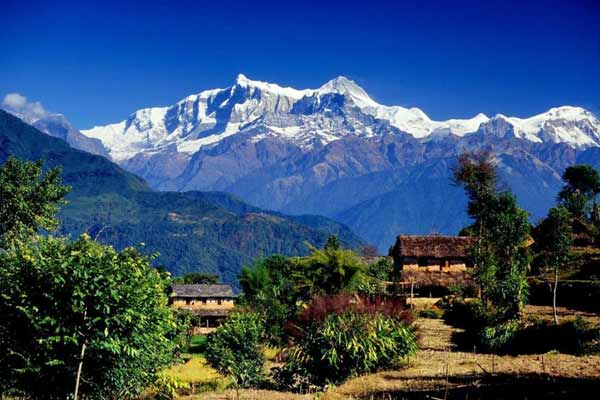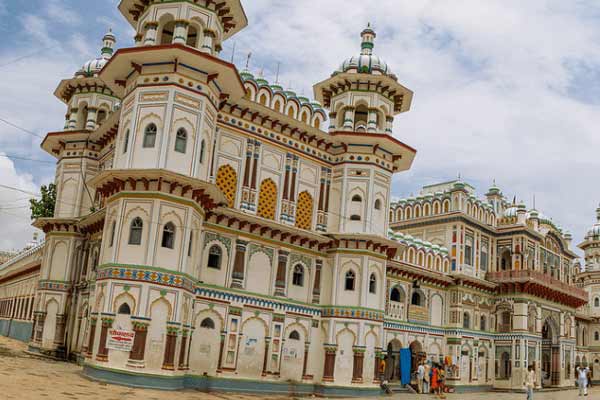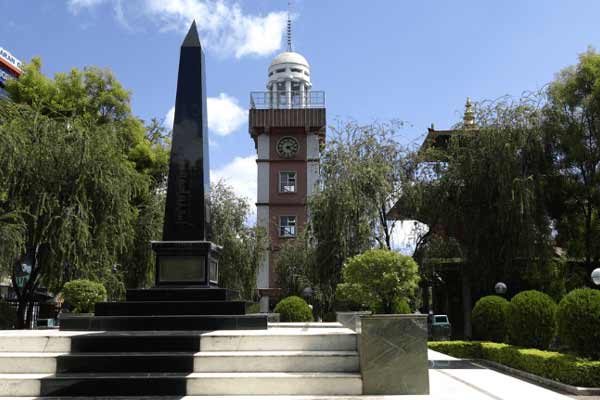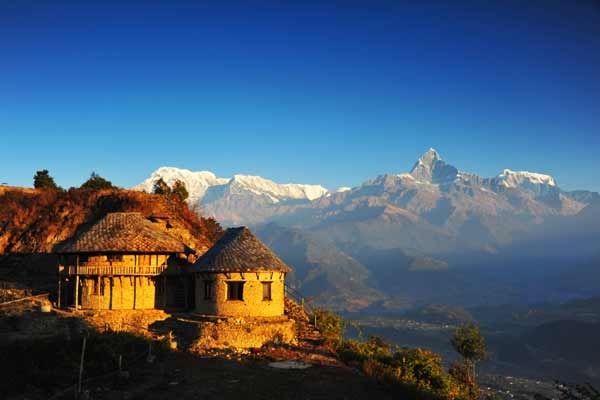
Lumbini
We offer Lumbini tour as Buddhist pilgrimage tour for those who in search for real peace and paradise in the birthplace of lord Buddha. Lumbini is the realm of the Shakya, is not only for spiritual enlightenment but also for the consolation and happiness that one normally gets in a calm and peaceful place like this. UNESCO enlisted Lumbini as the World Heritage Site in 1997 AD. In Lumbini you will have a chance to visit various Buddhist monasteries like; Nepalese, Chinese, Thai etc. We can ensure that you will learn something about Buddhism if you do this trip.
Lumbini the birthplace of Gautama is situated in Terai about 250 km south-west of Kathmandu, the capital city, Nepal. Buddha known as the light of Asia, the apostle of peace, compassion, non-violence and common brotherhood was born was born in Lumbini during the full moon day in the month of Baisakh in 623 BC. He was born under a sal (Shorea robusta) tree when Mayadevi was going to her maternal town,Devdaha. It is the most sacred place of Buddhism and lies in the Terai about 250 km south west of Kathmandu, the capital city of Nepal.
Lumbini remained unknown and neglected for centuries. Further exploration and excavation of the surroundings area revealed the existence of a brick and sandstone sculpture within the temple itself, which portray the sight of Buddha's birth. In recent times, many countries have built several beautiful Buddhist temples in Lumbini. An international committee has also been set up for the development and preservation of this sacred historical place.
History of Lumbini
During the time of Buddha, this village was situated in Shakya, a place of oligarchic republic. This village was called as Lumbinivanna. It is said that pregnant Queen Maya Devi was returning to her parents’ home located in Kapilvastu. She went into labor on the way and gave birth to Lord Buddha near a tree. It is said that seconds after the baby was born, it uttered ‘it is my final rebirth’. Then, it took seven steps. Each step turned into a lotus and bloomed.
Emperor Ashoka of India, who became a follower of Buddhism visited this destination in 3rd century BC and marked the spot by erecting a pillar with an inscription mentioning that it is the place of birth of Lord Buddha. He also erected fortifications around the village and built four stupas to mark the boundary. In 9th century, many monasteries and temples were built in the site.
This site was forgotten for many centuries. In late 19th century, couple of German archeologists found a stone pillar in Rummindei, a park inside Lumbini and identified it as the pillar erected by Emperor Ashoka.
Today, Lumbini is 4.8 km in length and filled with religious structures, ruins of ancient temples and much more. It also holds the sacred Bodhi Tree. To denote the value of this site, the 100-rupee Nepali note holds the picture of Lumbini on it.
Nepal Top Destinations
Nepal is a country filled with beautiful destinations for travelers. Nature itself has blessed the country with lots of beauty. The ‘beauty’, defined by different mountains, lakes, caves, glaciers and many more. Nepal has a lot of offer for travelers, hikers, and nature seekers. The diversity in Nepal’s nature and a range of exotic culture makes Nepal ideal for tour and travel activities with family and friends. Nepal is often said, is a utopia of natural beauty. The marvelous scenic beauty of Himalayas of Nepal is not only remarkable but offers a lifetime experience to patrons. Surrounding the former royal city-states of Kathmandu, Patan and Bhaktapur, the Kathmandu Valley is packed with fascinating cultural sites. This UNESCO World Heritage-listed region is up there on the list of Nepal destinations not to miss, set within picturesque rural landscapes which are dotted with small Newari villages. The Bodhanath Stupa lies just outside of Kathmandu and is one of the largest of its kind in the world, dating to around the 6th century. Also of note is the shrine of Swayambhunath, affectionately known as the “Monkey Temple” for its resident primates, which dates to the 5th century. Today it still plays an important role in the lives of Nepal’s Vajrayana Buddhists and the Newari Buddhists living in the Kathmandu Valley.
 +91 9799050299
+91 9799050299 